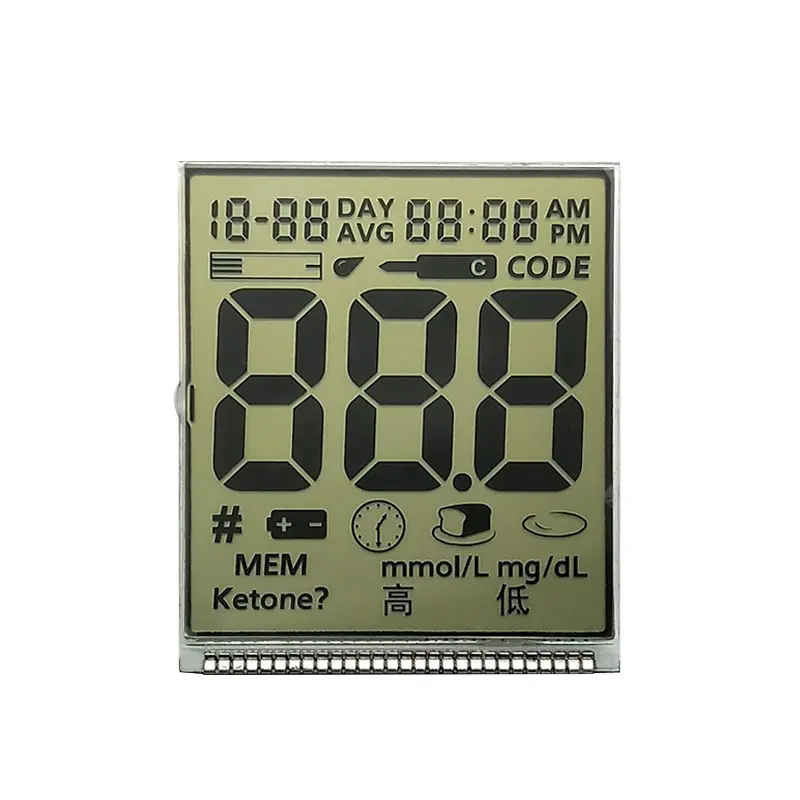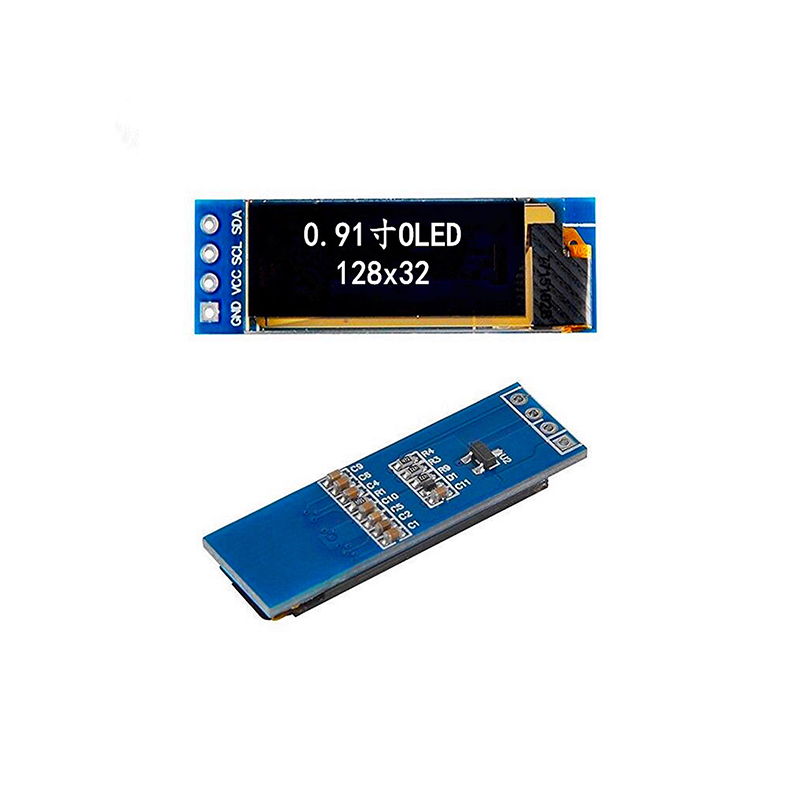
The market offers a wide variety of 1.5 inch OLED displays, each with unique specifications and applications. Selecting the right one requires careful consideration of several factors. This guide will walk you through the essential aspects to ensure you choose the optimal display for your needs. Whether you're working on a wearable device, a medical instrument, or another project requiring a small, high-quality display, understanding the key considerations is crucial.
Resolution, measured in pixels (e.g., 240x240), and pixel density (pixels per inch, or PPI) directly impact image sharpness and clarity. Higher resolution and PPI generally lead to crisper images, but also increase cost and power consumption. The ideal resolution depends on your application's specific requirements. For a 1.5 inch OLED display in a wearable device, a high PPI might be prioritized, while a lower resolution might suffice for a less demanding application.
Brightness (measured in nits) determines how well the display is visible in various lighting conditions. Contrast ratio refers to the difference between the brightest white and darkest black the display can produce. A high contrast ratio results in richer, more vibrant images. The required brightness and contrast ratio depend on the intended environment and application. An outdoor application will need a much brighter 1.5 inch OLED display than an indoor one.
Color depth refers to the number of bits used to represent each color channel (red, green, and blue). Higher color depth (e.g., 24-bit or 32-bit) results in smoother color gradations and more accurate color reproduction. Color gamut refers to the range of colors the display can reproduce. Wider color gamuts lead to more vibrant and realistic images. Your application’s color requirements will dictate the necessary color depth and gamut.
The viewing angle affects how the image appears when viewed from different angles. A wider viewing angle ensures consistent image quality regardless of viewing position. This is critical for applications where the display might be viewed from various angles.
Different 1.5 inch OLED displays utilize different interfaces such as SPI, I2C, or parallel interfaces. Choose an interface compatible with your microcontroller or system. Consider the required data rate and other connectivity features.
The optimal display depends entirely on your specific application. Consider these factors:
For a wider selection of 1.5 inch OLED displays and related components, explore suppliers such as Dalian Eastern Display Co., Ltd.. Their website offers a diverse range of options and detailed specifications.
| Feature | Importance for Wearables | Importance for Medical Devices |
|---|---|---|
| Resolution | High | High |
| Brightness | Medium | High |
| Power Consumption | Very High | High |
| Durability | High | High |
Remember to carefully review datasheets and specifications from manufacturers before making a purchase. This guide provides a starting point for your research; thorough investigation will be crucial for selecting the ideal 1.5 inch OLED display for your project.
Note: Specifications and availability of 1.5 inch OLED displays may vary. Always consult manufacturer documentation for the most up-to-date information.












